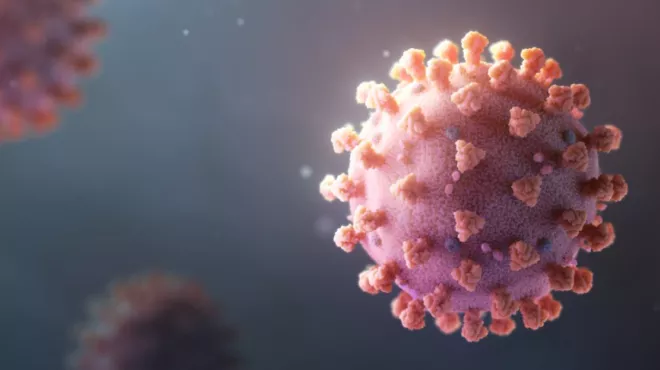Pneumatic tube networks were first used in mid-19th century Britain to send telegrams, letters and parcels between neighboring buildings. Over time, they were installed in a range of industrial settings. Drive-through banks in the United States and hospitals and factories around the world use pneumatic tubing to transmit small items – from cash to medical specimens to aircraft parts – from one part of the site to another.

Today, chemists at the Novartis Institutes for BioMedical Research (NIBR) are using their own state-of-the-art version of the technology, known as lab2lab, to send their chemical compounds to instruments located elsewhere on campus.
Gone are the days when scientists had to carry around samples for testing. Instead, they can use lab2lab to send them for automatic analysis in another lab without leaving their own workspace. And all of the time they save can now be devoted to discovering molecules that one day could become a new life-saving medicine.
Lab2lab could help us automate many basic processes and free up more time for us to focus on the most complex scientific work.
First in pharma
The lab2lab system is the first-ever application of pneumatic tube technology in the pharmaceutical industry. It was developed in 2009 in a collaboration between NIBR and TTP Labtech, a British maker of systems for sample management, liquid handling and screening in drug discovery. It has since been installed at NIBR sites in Basel, Switzerland, and Cambridge, MA, in the US, where it is used to send around 1000 samples a day.
Lab2lab gives scientists access to a variety of analytical instruments, including those used for liquid chromatography-mass spectrometry and nuclear magnetic resonance analysis. When they load a sample into a lab2lab sender unit, it’s given a unique barcode that tells the system’s central router which analytical method is required. The system sends the sample through the network of flexible pneumatic tubing to the right instrument. It may be held briefly in a ‘buffer zone’ with other samples according to instrument availability.

Once it arrives at the instrument, the sample is processed automatically and the data is sent to the scientist. Typically, time from submission to data return is around seven or eight minutes. Lab2lab can then send tested samples for further procedures elsewhere, to a collection point or to waste.
The whole system is driven by software and requires no manual intervention by scientists. A local technical team provides maintenance support as needed.
Thomas Wolf, a lab head in Basel, admits to being skeptical about lab2lab when he first heard about it. “I didn’t think we needed to change the way we did things and I was concerned about what would happen if there was a breakdown,” he says.
But since day one, he has been impressed. “Lab2lab is fast and reliable. It saves us a lot of time – probably two hours a day across our team of four purification scientists,” he says.
That kind of liberating effect is being felt across the Basel and Cambridge campuses. A study of the impact of lab2lab found that it saves each of its 450-plus users an average of 15 minutes per day. That means almost 29 000 extra hours of time are available every year for core scientific work – with even more time set to be released as the system is rolled out elsewhere in NIBR.
Carmelina Rakiec, Manager, Lab Operations, is responsible for lab2lab in Cambridge, where it is currently installed in two buildings. “It’s helping chemists work smarter and get their data faster,” she says. “It’s also greatly improved utilization of the high-end instruments we use for analytical chemistry.”
Building on early success
Rakiec is now working on installing lab2lab at a third Cambridge building. “Having three interconnected systems will help us make the most of all of the open-access systems across the campus,” she says.
In Basel, there are also plans to extend use of lab2lab. Project manager Alexander Marziale wants to use the system to automate some of the more repetitive purification tasks that medicinal chemists carry out. Working with Thomas Wolf, he is investigating ways to connect lab2lab to the instruments and software used for this work. “Lab2lab could help us automate many basic processes and free up more time for us to focus on the most complex scientific work,” Says Marziale.
When pneumatic tube systems first came into use in the mid-19th century to transport telegrams, there was speculation that one day they would be used for delivering food to our homes and even for moving trains across the oceans. While the technology hasn’t lived up to those expectations, it has a great deal to offer in the field of drug discovery, where it is showing its worth in the quest to improve and extend the lives of patients.




